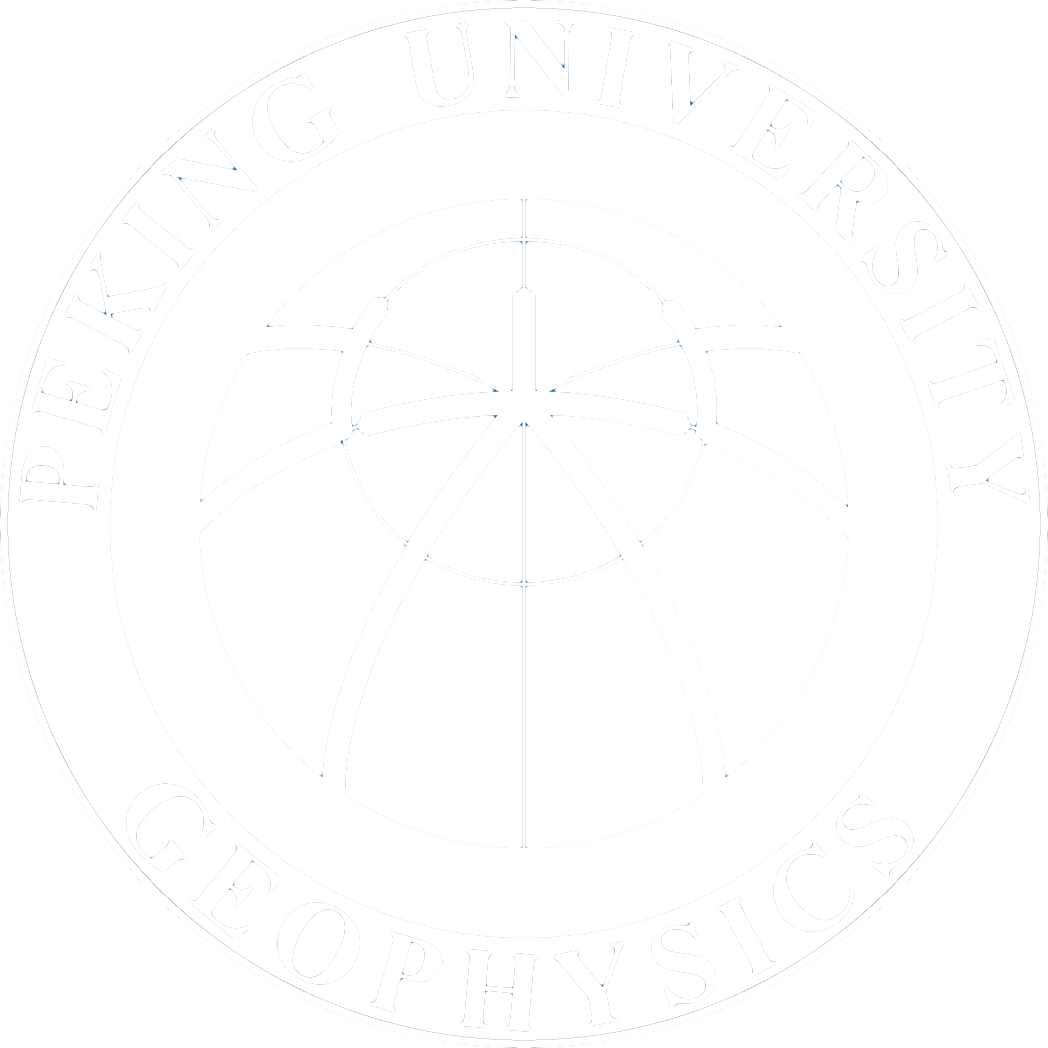2020-06-30
Attenuationand scattering structure of southern California
Dr. Wei Wang
University of Southern California
2020.1.6(星期一)15:00,理科二号楼2821
Abstract:
Seismic attenuation describes the energy dissipation of seismic waves during wave propagation. Attenuation is caused by two factors: scattering attenuation (elastic attenuation) and intrinsic attenuation (anelastic attenuation). Intrinsic attenuation is caused by the energy transfer from the potential and kinetic energy to heat loss, which is not reversible. Scattering is caused by heterogeneity in the media, which changes the propagation direction of the wavefield, and/or transfers it into other seismic phases. Attenuation parameters are an important input for accurate strong ground motion estimation, especially at high frequencies (> 1 Hz). In addition, resolving attenuation can improve our understanding of Earth’s interior structure and physical properties because attenuation has different dependences on rock properties than seismic velocity. Characterizing the intrinsic and scattering attenuation structure of the Earth is a fundamental problem in seismology.
Bio:
Wei Wang is now working as a Postdoc at University of Southern California. He received his PhD degree at Scripps Institution of Oceanography, University of California San Diego. He is broadly interested in both observational and theoretical seismology. His current research focuses on different geophysical research topics, including multi-scale heterogenous elastic and inelastic structure from topmost Earth crust to deepmost Earth inner core, multiple time-scale triggering of earthquakes at different geological background and their mechanisms (i.e. tidal triggering and dynamic triggering), source physics, especially the spatial and temporal variation of stress drops for the small to moderate earthquakes and its relation to the tectonic settings, and high resolution fracture zone imaging.
